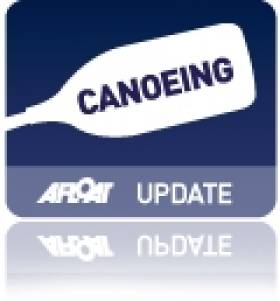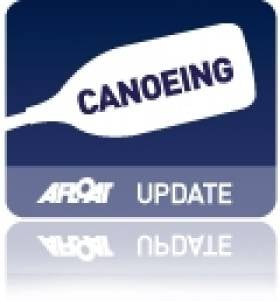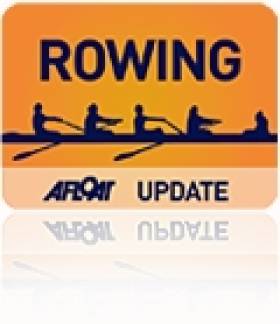Displaying items by tag: Nanjing
Canoeist Hendrick Takes Silver for Ireland at Youth Olympic Games
#CANOEING: Ireland’s Robert Hendrick took a silver medal in the C1 Obstacle Slalom at the Youth Olympic Games in Nanjing in China. The event is run on a head-to-head format and the 16-year-old took on and beat Leon Breznik of Slovenia in the semi-finals. In the final, Hendrick lost out to France’s Lucas Roisin, who won gold. Hendrick is coached by three-time Ireland Olympian canoeist Eoin Rheinisch.
Youth Olympic Games, Nanjing, China (Irish interest)
Canoeing: C1 Obstacle Slalom – Semi-Final: 1 Ireland (R Hendrick) 1:18.752, 2 Slovenia (L Briznik) 1:25.750.
Final: 1 France (L Roisin) 1:18.179, 2 Ireland (R Hendrick) 1:19.047.
No Quarter-Final for Irish Canoeist at Youth Olympic Games
# CANOEING: Ireland canoeist Robert Hendrick finished 12th of the 14 who competed in the Last 16 round and did not qualify for the quarter-finals of the C1 junior men’s head to head sprint at the Youth Olympic Games in Nanjing in China. Hendrick had also finished 12th in the heats.
Youth Olympic Games, Nanjing, China (Irish interest)
Canoeing: C1 Men’s Head to Head Sprint – Heat (all qualify for next phase): 1 Moldova 1:43.18; 12 Ireland (R Hendrick) 2:14.219. Last 16 (Eight Qualify for Quarter-Final): 1 Moldava 1:45.803; 12 Ireland 2:14.706.
Ireland's Eimear Lambe 11th at Youth Olympic Rowing
#ROWING: Eimear Lambe finished 11th of the 24 competitors in the junior single sculls at the Youth Olympic Games in Nanjing in China. The 17-year-old Commercial oarswoman took fifth in the B Final this morning behind winner Thea Helseth of Norway. Belarussian sculler Krystsina Staraselets won gold. Lambe, who turned 17 while in China, has another year left as a junior.
Youth Olympic Games, Nanjing (Irish Interest, Selected Result)
Women
Junior Single Sculls – B Final (Places 7 to 12): 1 Norway 3:59.28; 5 Ireland (E Lambe) 4:03.82.































































